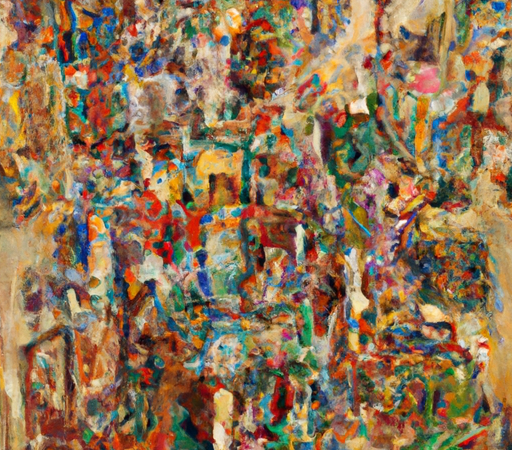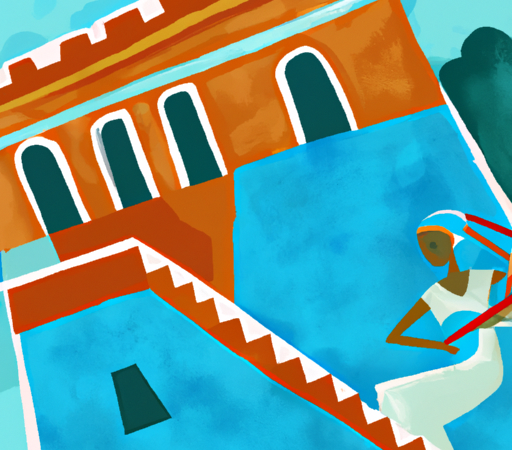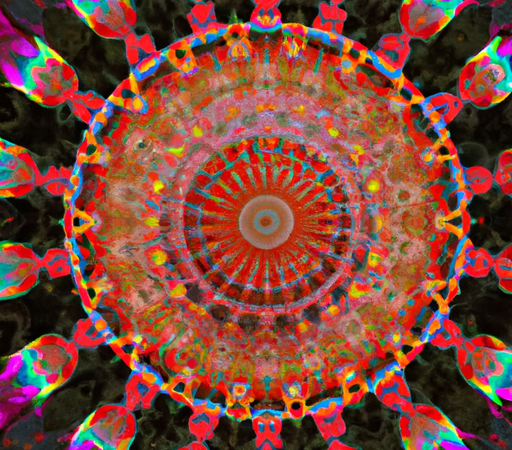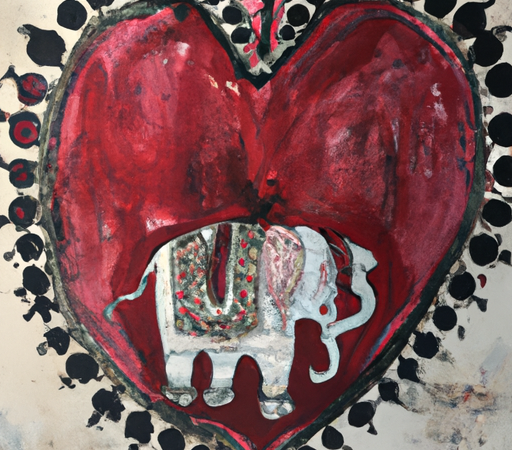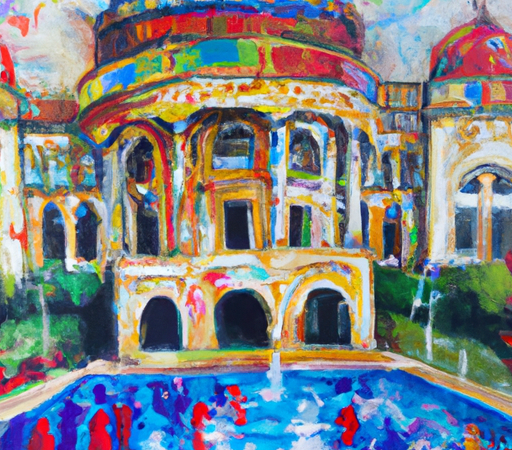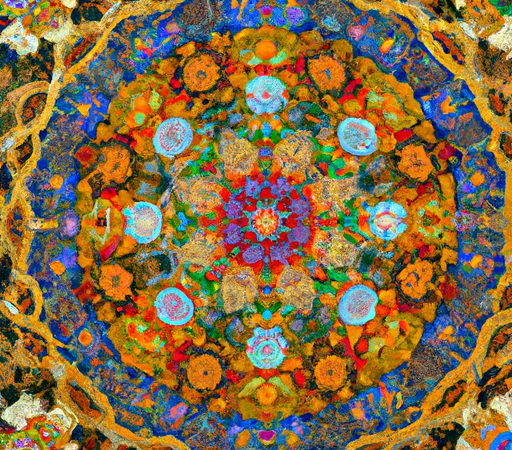Breaking Barriers: Cultural Diversity in the World of Art
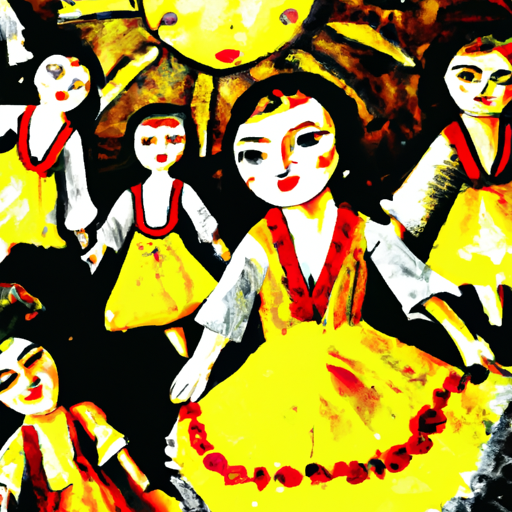
Breaking Barriers: Cultural Diversity in the World of Art
Art has always been a reflection of the society we live in. It is a powerful medium that allows people to express themselves, tell stories, and explore their individual and collective identities. One of the most remarkable aspects of art is its ability to break barriers, including those of cultural diversity.
Cultural diversity refers to the coexistence of various cultures within a society. It encompasses different languages, traditions, costumes, music, and art forms that define a particular group of people. While cultural diversity is often celebrated and embraced, there have been times when it has been a source of division and conflict.
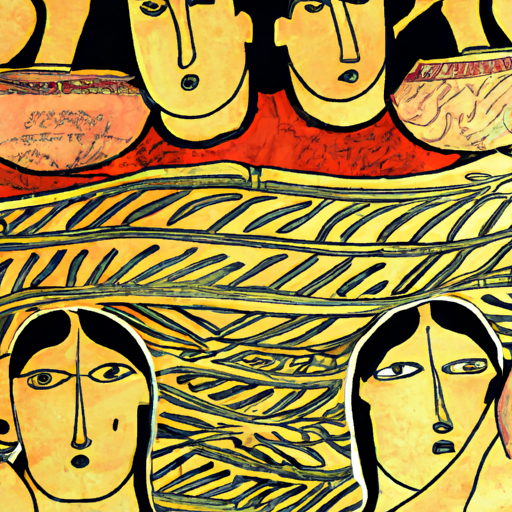
However, art has the power to unite people from different backgrounds and foster a greater understanding of diverse cultures. It acts as a bridge, connecting people through their shared love for creativity and expression. The art world has increasingly recognized the importance of cultural diversity in recent years, leading to a more inclusive and diverse representation of artists from around the world.
One notable example is the recognition and celebration of indigenous art. For centuries, indigenous cultures have developed unique art forms that reflect their deep connection with the land, spirituality, and their stories passed down through generations. However, for a long time, these art forms were overlooked by the mainstream art world.
In recent years, there has been a shift in perspective, and indigenous art is now celebrated for its profound cultural significance and artistic merit. Museums and galleries now showcase indigenous artists' works, and these artists have gained international recognition. This newfound appreciation for indigenous art has not only allowed these artists to share their stories but has also provided a platform for broader cultural understanding and appreciation.
Another way art breaks barriers is by challenging stereotypes and promoting cultural dialogue. Artists from diverse backgrounds often create works that challenge prevailing stereotypes and narratives. They offer alternative perspectives, inviting viewers to question their preconceived notions and biases.
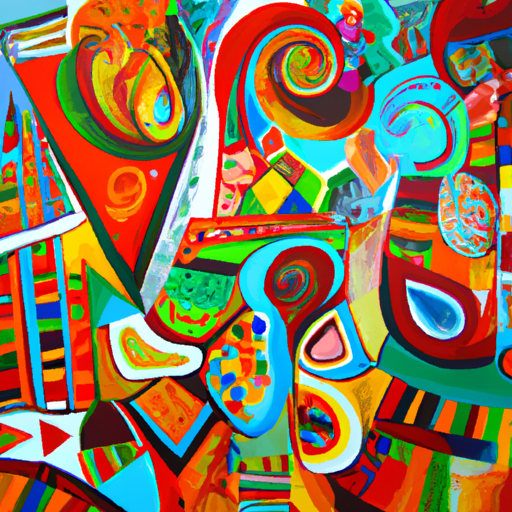
For example, artists from marginalized communities, such as African, Latinx, or Asian artists, use their artwork to reclaim their identities and challenge traditional Eurocentric norms. They bring their unique cultural experiences to the forefront through their art, allowing for a deeper understanding and appreciation of their heritage.
The rise of social media and the internet has further contributed to the global exchange of diverse art forms. Artists can now connect and collaborate across borders, reaching audiences who may not have had access to their work otherwise. Artistic platforms have emerged, promoting the visibility of underrepresented artists and giving them a voice. This has fostered a truly global artistic community that celebrates diversity and fosters mutual respect.
Art museums and galleries have also taken steps to increase representation and inclusion. They are actively seeking out and exhibiting works from diverse artists, both historical and contemporary. This effort has directly impacted the way art is perceived and appreciated, allowing for a more inclusive narrative that reflects the diverse world we live in.
Breaking barriers in the art world is an ongoing process, but one that is crucial for promoting cultural diversity and fostering empathy and understanding among people. Art has the remarkable ability to transcend language, religion, and borders, allowing individuals to connect on a deeper level. By recognizing and celebrating different cultures through art, we can create a world that is more inclusive, respectful, and appreciative of all its diverse inhabitants.

